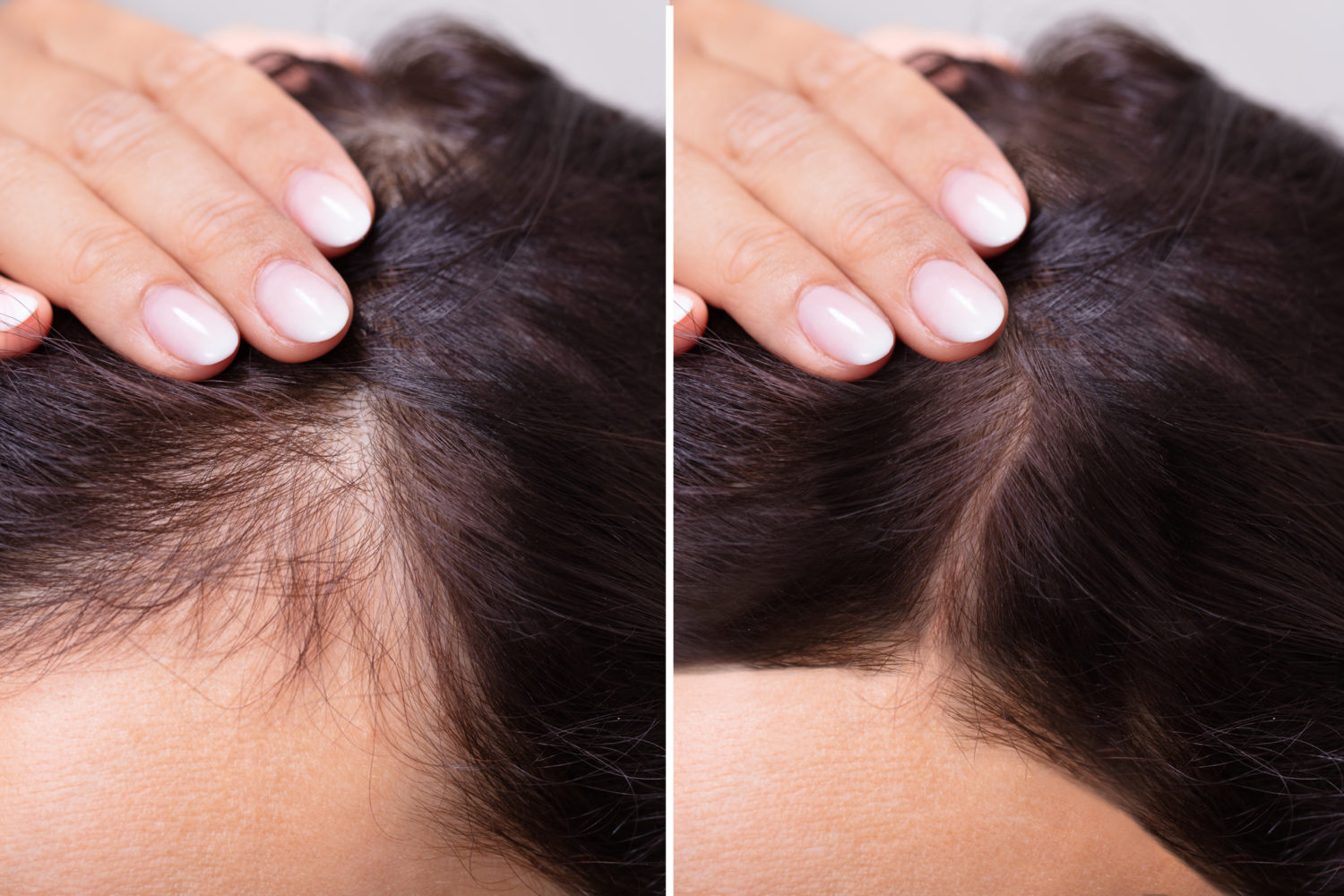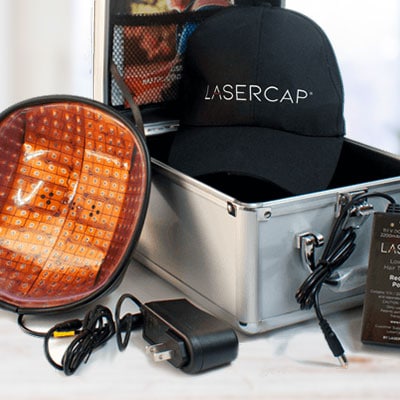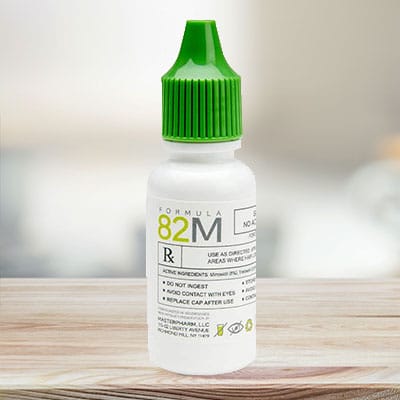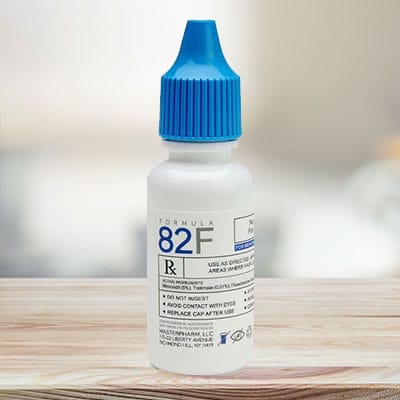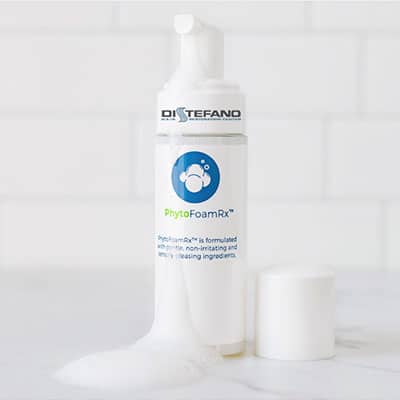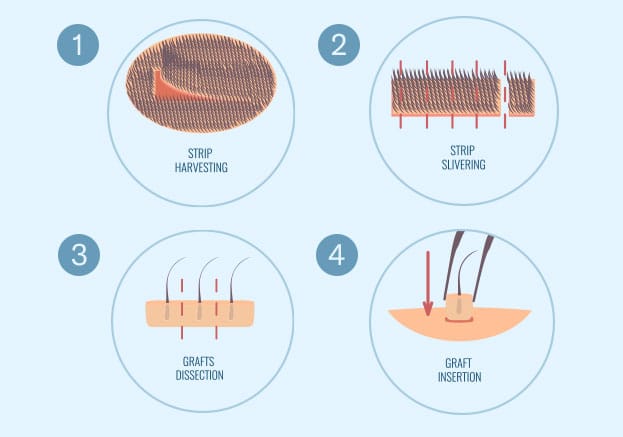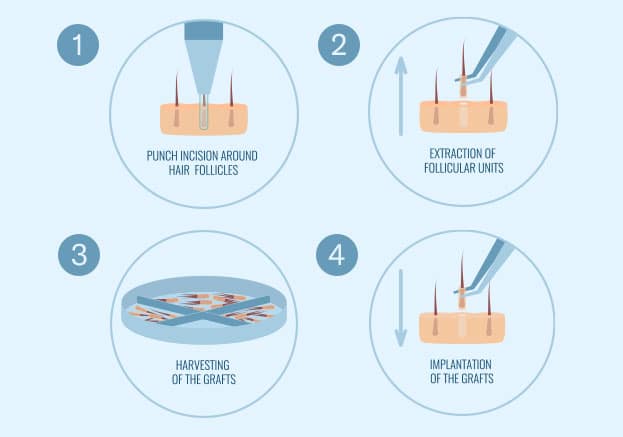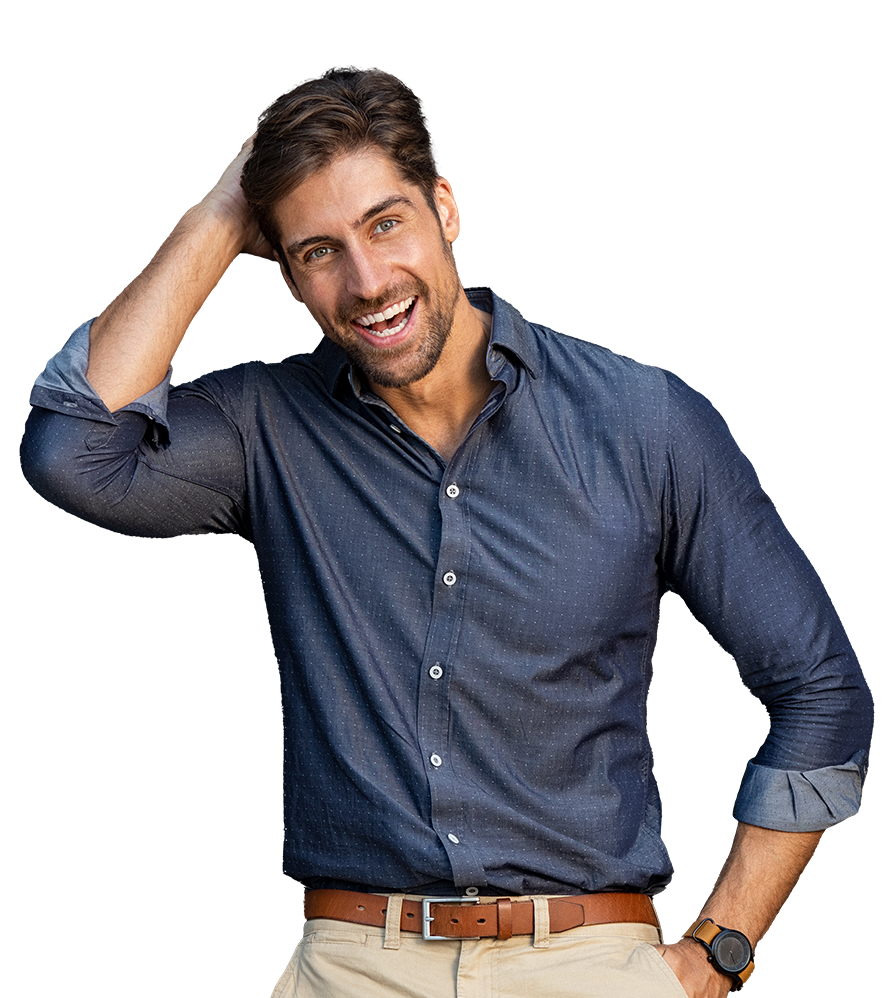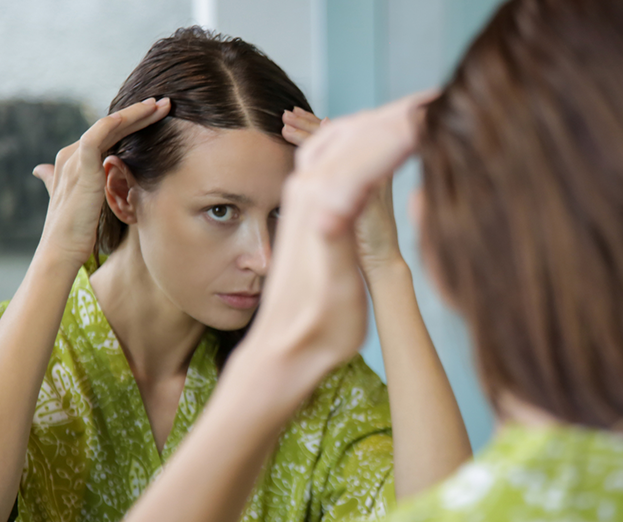
What Causes Hair Loss in Women?
First, let’s define hair loss. While it’s normal to lose and regrow hair, true hair loss occurs when you shed more than 125 hairs per day or lost hair is not replaced. Unlike male pattern baldness, which is almost always a genetic condition, women’s hair loss can be triggered by a number of factors. These include (but are not limited to):
- Genetics
- Poor nutrition
- Physical and emotional stress
- Thyroid abnormalities
- Medications
- Hormonal changes
Research shows that, through proper education and timely intervention, women’s hair loss can be postponed and — in some cases — reversed. With such a wide range of women’s hair loss causes and risk factors, hair loss can often be prevented and treated by both non-surgical and surgical options.

